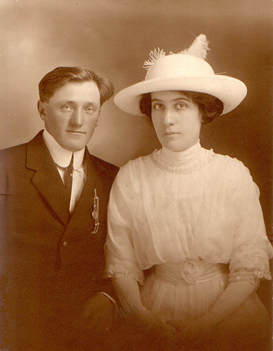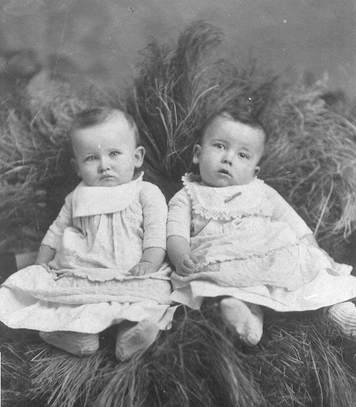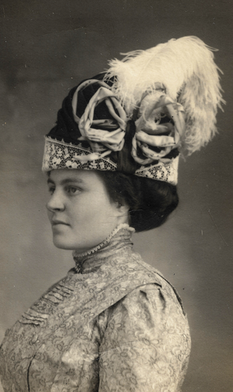|
How are your family stories progressing? All families have stories. Some are inspiring, some sad or tragic but they are part of the human fabric. As keeper of your family history, you can weave these story threads into cohesive patterns for the current and next generations. We’ve talked about ideas for bringing color and context into your story using regional history, newspaper articles, and civil & church records. Now that you have that information, how do you start making it into something tangible for your family? There are several routes that you can take. Here are ideas to get you started.
Just the facts, Ma’am. In the past, researchers became focused on the names and dates. While we all hope to find those elusive dates, a list of names and dates isn’t the most entrancing read. However, there is a way to leverage the genealogy reports that are generated from genealogy software program like Ancestry as an example. You can generate multi-generational reports and it will include a text version of some the material such as “John Doe died on February 7, 1933 in Milwaukee, Wisconsin”. You can further enhance this basic material by including personal notes information in your report. Under personal notes in Ancestry, you could include your stories for that individual or copy the obituary information or their wedding information. While this won’t flow the same as your story in word, it is a way to capture and share all your research and provide it to your family. A Novel Idea. If you decide that you are going to write a historical novel about your family, you’ll need to be clear for the reader what you are including as facts and what is fiction. For example, you might want to keep all the names, dates and documented events in the novel but use dialog and historical information tell the story. Using this route, you must be clear that this is fictional account of what their lives were like—after all, we don’t know that great-grandpa said “Great-grandma was the prettiest girl ever” --even though he might have! You could choose to write a strictly fictional novel, changing the names, location and identifying information so that you can tell a story about what life was like. This method is used if you just want to do something like tell a great story about Grandpa and Grandma’s world war II romance without identifying them. Or perhaps you have a black sheep or a family story that would cause pain or embarrassment if actual names and dates were used. You could use an element of the story to write a completely different novel. This is tricky, and you must always take care not to break trust with those who shared information. While we might think something is “not a big deal”, perhaps it was and still is to that person or their descendants. I try to think in terms of “do no harm” like the physician’s oath. We don’t always have all the details and information to make judgments about others, especially when using our twenty-first century filters! We’ll discuss more formats for telling your tale next week. To be continued... Comments are closed.
|
AuthorWith a lifelong passion for genealogy and history, the author enjoys the opportunity to share genealogy tidbits, inspiring others to research and write their family story. Archives
July 2024
Categories |




 RSS Feed
RSS Feed